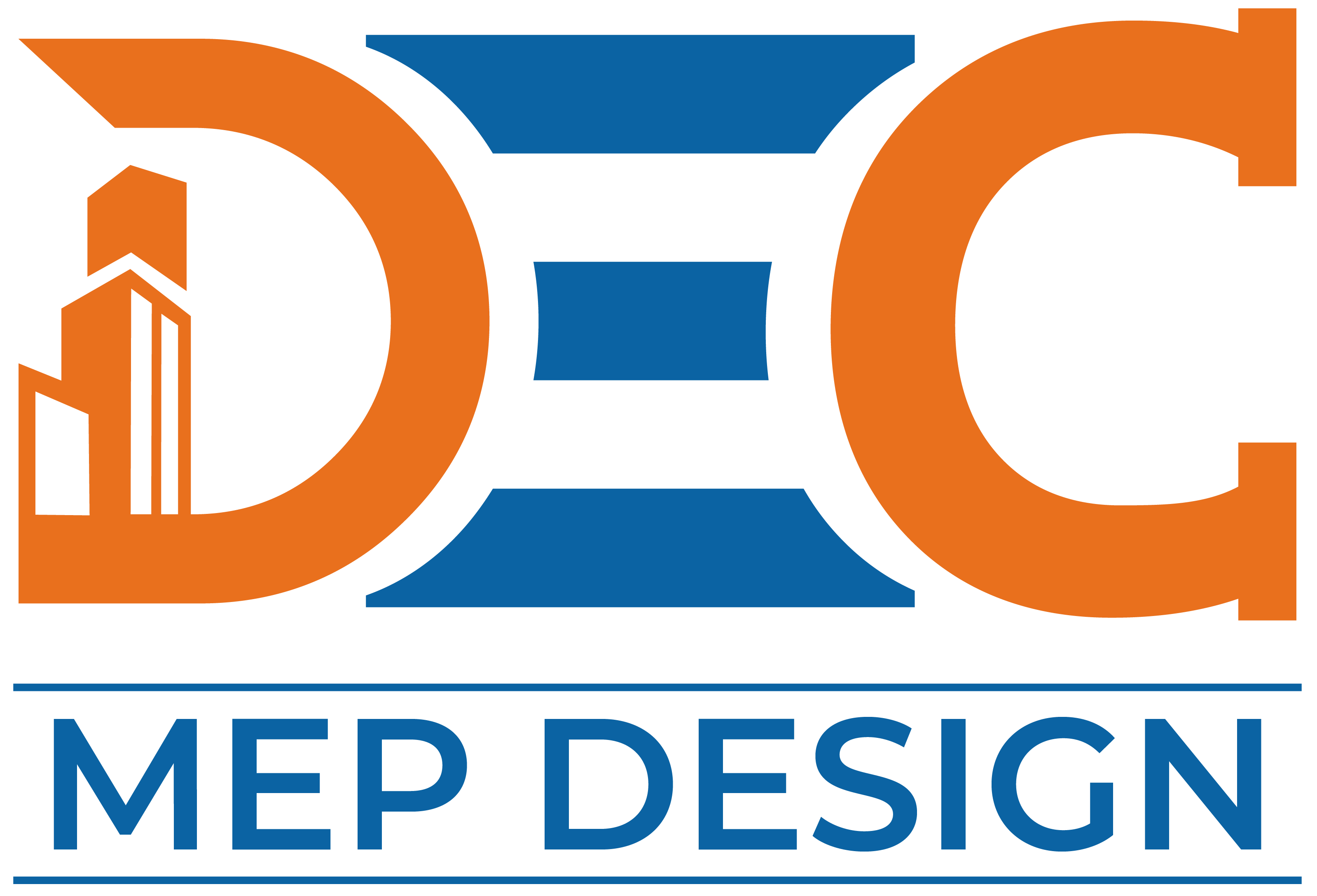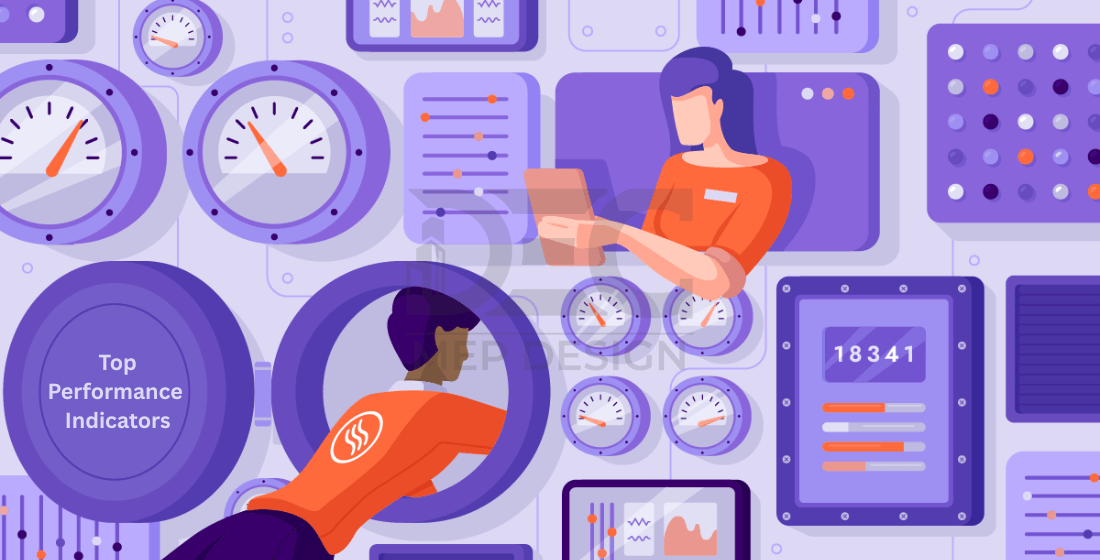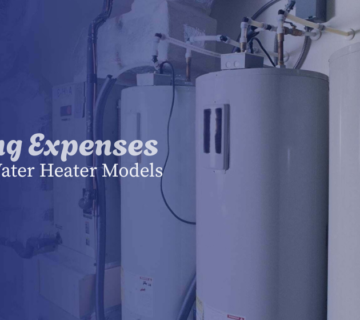Performance Metrics of Heating and Cooling Equipment: Performance heating and cooling equipment form the backbone of contemporary comfort, climatic control, and energy management in residential and commercial buildings. From maintaining a warm winter environment to a cool refuge during summer, the performance of these systems has a direct impact on energy use, comfort, and cost. Understanding the performance metrics of heating and cooling equipment is essential for choosing the right system and optimizing its efficiency.
In this blog, we’ll explore the key performance indicators (KPIs) for heating and cooling equipment, shedding light on how they can be assessed to maximize both efficiency and long-term savings.
1. Energy Efficiency Ratio (EER) and Seasonal Energy Efficiency Ratio (SEER)
One of the most important performance measures for heating and cooling systems is their energy efficiency. The Energy Efficiency Ratio (EER) is a measure of how efficiently a system can deliver cooling by comparing its cooling capacity to the energy it uses, usually under particular operating conditions. A higher EER means a more energy-efficient system, minimizing both operating costs and environmental effects.
For heating equipment, the equivalent measure is Seasonal Energy Efficiency Ratio (SEER). SEER takes into account energy use across a complete cooling season and not at any given point in time. It provides a better indication of the efficiency of a system over a while, taking into consideration changes in temperature and usage patterns. The more efficient the systems are rated in SEER, the better they are, and hence the lower the utility costs and the greenhouse gas emissions.
2. Coefficient of Performance (COP)
Coefficient of Performance (COP) is applied mainly to heat pumps, which both heat and cool air. COP is the ratio of useful heating or cooling delivered by the system to electrical energy input. Simply put, it is a measure of how much heating or cooling the system delivers per unit of electricity used. A greater COP is a more positive performance, since the system is delivering additional heat or cooling with less energy. For example, a heat pump with a COP of 4 implies that for each 1 kWh of electricity input, the system delivers 4 kWh of heating or cooling. This is a very relevant measure for residential and commercial systems since heat pumps tend to be the main energy-efficient substitute for traditional heating solutions such as furnaces and boilers.
3. Heating Seasonal Performance Factor (HSPF)
Heating Seasonal Performance Factor (HSPF) is another key measure for heating systems, especially heat pumps. Similar to SEER in cooling, HSPF assesses the seasonal efficiency of a heat pump during a whole heating season. It is determined by dividing the seasonal total heating output by the total electricity input. The greater the HSPF rating, the more efficient the heat pump is in producing heat with little energy usage. Generally, an HSPF rating of 8 or more is ideal for home heating.
4. Airflow and Distribution
Airflow efficiency is also a critical factor that influences the performance of heating and cooling systems. Effective airflow helps to distribute conditioned air to all parts of a room or building without wasting energy. Poor airflow may cause irregular temperature distribution, which means more energy consumption since the system will have to strain to reach the required temperature.
When assessing HVAC (Heating, Ventilation, and Air Conditioning) systems, it’s crucial to evaluate the airflow rate, ductwork design, and insulation quality. Poorly designed ducts or insufficient insulation can cause energy losses, making a high-performance system underperform.
5. System Reliability and Durability
Reliability is also a critical, though underestimated, performance value. A recurrent failure or regular need for adjustment not only inconveniences people but also puts extra money. Durability, which signifies how long one can use the system without perceptible loss in functionality, contributes greatly to upholding the age and worth of the system. Warranty providers and the option for extension services are an indicator of having a higher value for reliability in some brands.
In order to quantify this, customers can search for products with a high lifespan, low maintenance needs, and good customer ratings. Servicing once a year can also enhance the reliability of heating and cooling systems, making them function optimally every year.
6. Smart Features and Controls
In the age of automation, smart features are becoming increasingly important in heating and cooling systems. These can include Wi-Fi-enabled thermostats, programmable settings, or integration with smart home systems. Advanced features like occupancy sensors, humidity controls, and zoning capabilities allow for precise control over temperature, which can improve comfort and reduce unnecessary energy consumption.
For instance, systems that automatically adjust settings based on time of day, room occupancy, or outdoor temperatures tend to perform better than manual systems in terms of energy savings. Therefore, when assessing new systems, it’s important to consider not just traditional metrics but also the technology that allows for better control and efficiency.
Conclusion
Evaluating the performance metrics of heating and cooling systems is crucial for ensuring comfort, reducing energy costs, and minimizing environmental impact. Key indicators like EER, SEER, COP, HSPF, and airflow efficiency provide a comprehensive view of system performance. Reliability, durability, and the inclusion of smart features further enhance the efficiency and effectiveness of modern HVAC systems.
If you’re interested in how smart design choices and cutting-edge mechanical strategies can elevate system performance, comfort, and energy efficiency, don’t miss our next blog. Explore how innovative mechanical design can transform residential heating and cooling systems into smarter, more sustainable solutions.
How-To: Optimize Your Heating and Cooling Equipment Using Performance Metrics
- Identify Your System’s Current Ratings
Check your equipment labels or user manuals for EER, SEER, COP, and HSPF ratings.
If unavailable, contact your HVAC provider or search using your model number online. - Conduct a Professional Energy Audit
Hire a certified HVAC technician to evaluate your system’s energy efficiency, airflow rate, and ductwork integrity.
Get recommendations for improvements, upgrades, or repairs. - Improve Airflow and Insulation
Clean or replace air filters regularly (every 1–3 months).
Inspect ducts for leaks or obstructions.
Seal and insulate ducts and attic spaces to prevent energy loss. - Schedule Regular Maintenance
Service your HVAC system at least once a year.
Include cleaning coils, checking refrigerant levels, inspecting thermostats, and lubricating moving parts. - Upgrade to Energy-Efficient Equipment
Choose systems with high EER, SEER, COP, and HSPF ratings.
Look for ENERGY STAR-certified units to ensure energy efficiency. - Integrate Smart Controls
Install programmable or smart thermostats.
Set schedules based on occupancy and seasonal changes.
Use zoning systems for targeted temperature control in different areas.
Frequently Asked Questions
EER measures the cooling efficiency at a specific temperature, typically 95°F outside and 80°F indoors. SEER averages efficiency across a range of temperatures throughout an entire cooling season. SEER gives a more realistic, long-term efficiency measure.
For SEER, a rating of 14 or higher is considered good, with modern systems often reaching 16–20+. For HSPF, a rating of 8 or above is considered efficient.
Review the performance metrics on the unit label or in the manual (EER, SEER, COP, HSPF). You can also schedule a professional energy audit to evaluate your system’s efficiency and suggest improvements.
Ideally, you should perform maintenance twice a year—once before the summer season (cooling) and once before winter (heating). Regular maintenance improves efficiency and extends system life.
Yes, smart thermostats help by learning your habits and adjusting temperatures automatically. They can reduce energy usage by 10% to 20%, depending on how well they’re programmed and integrated.
If your system is more than 10–15 years old, upgrading to a modern, high-efficiency unit can significantly reduce your energy bills, improve comfort, and decrease your carbon footprint.





No comment